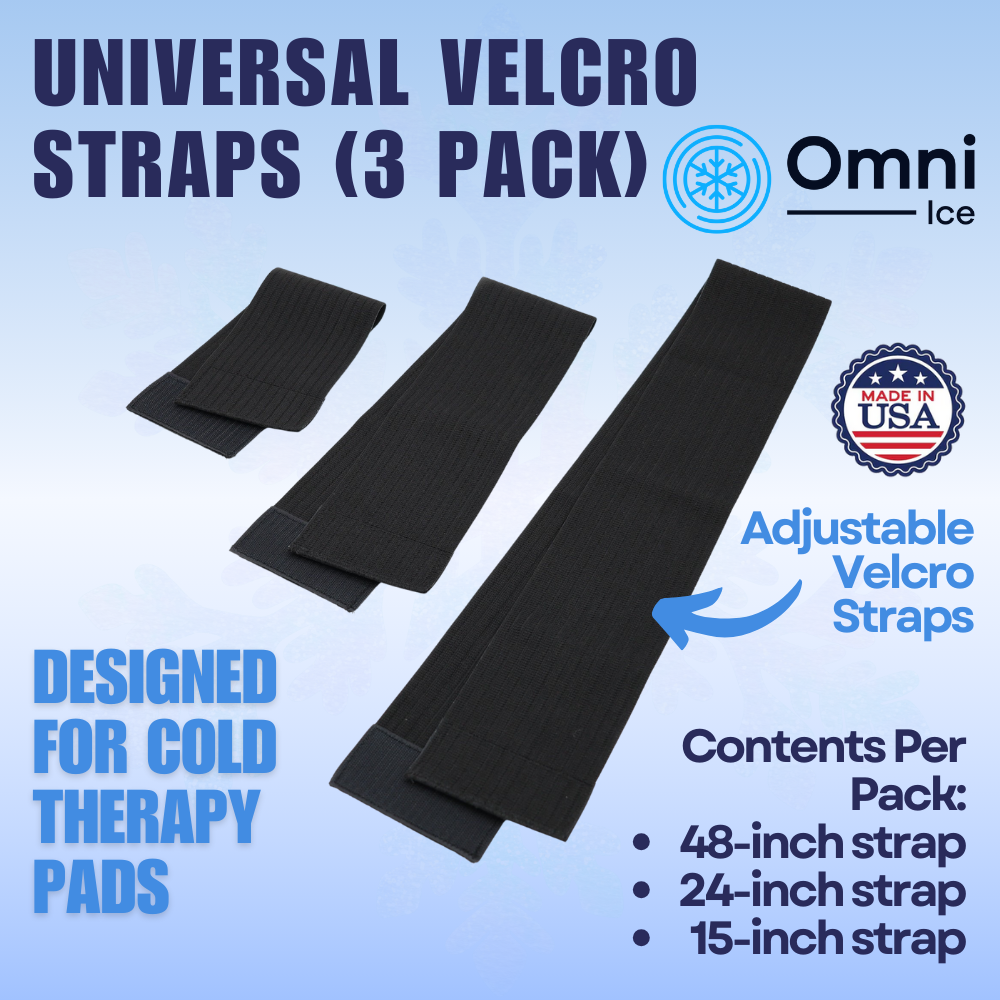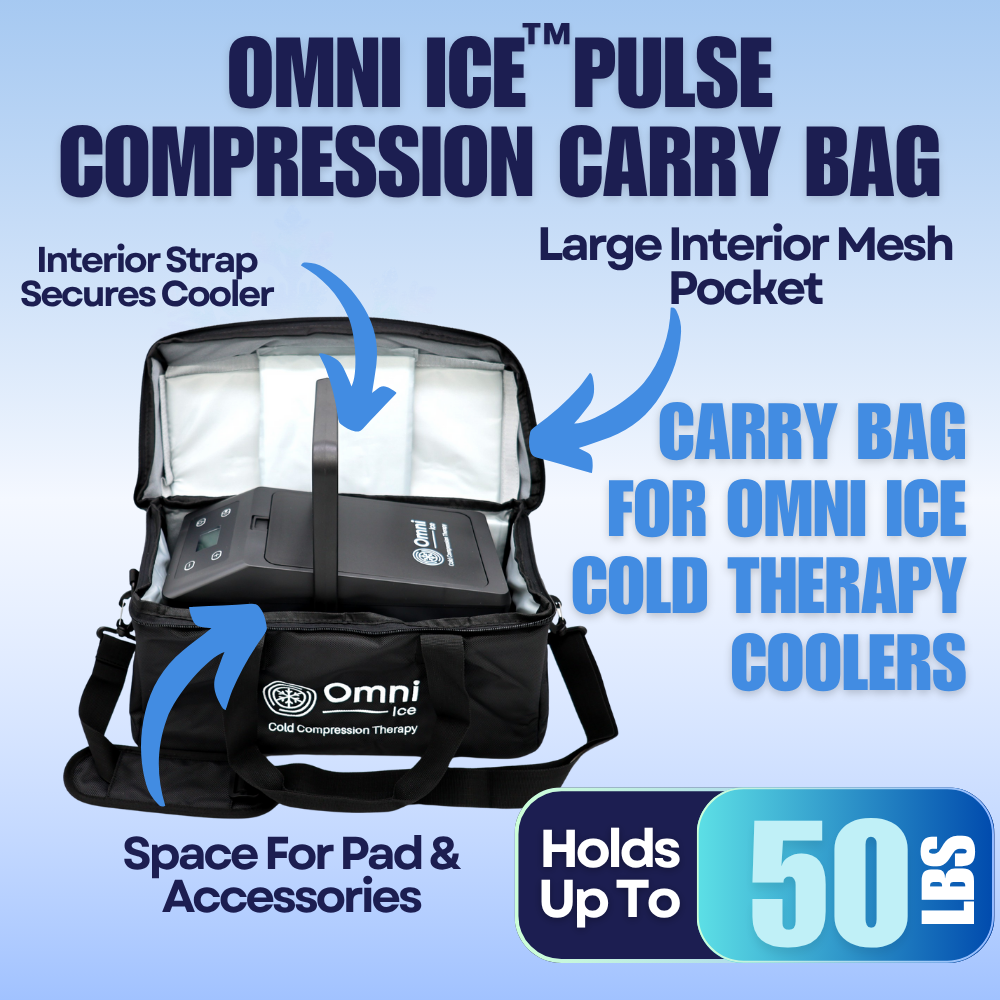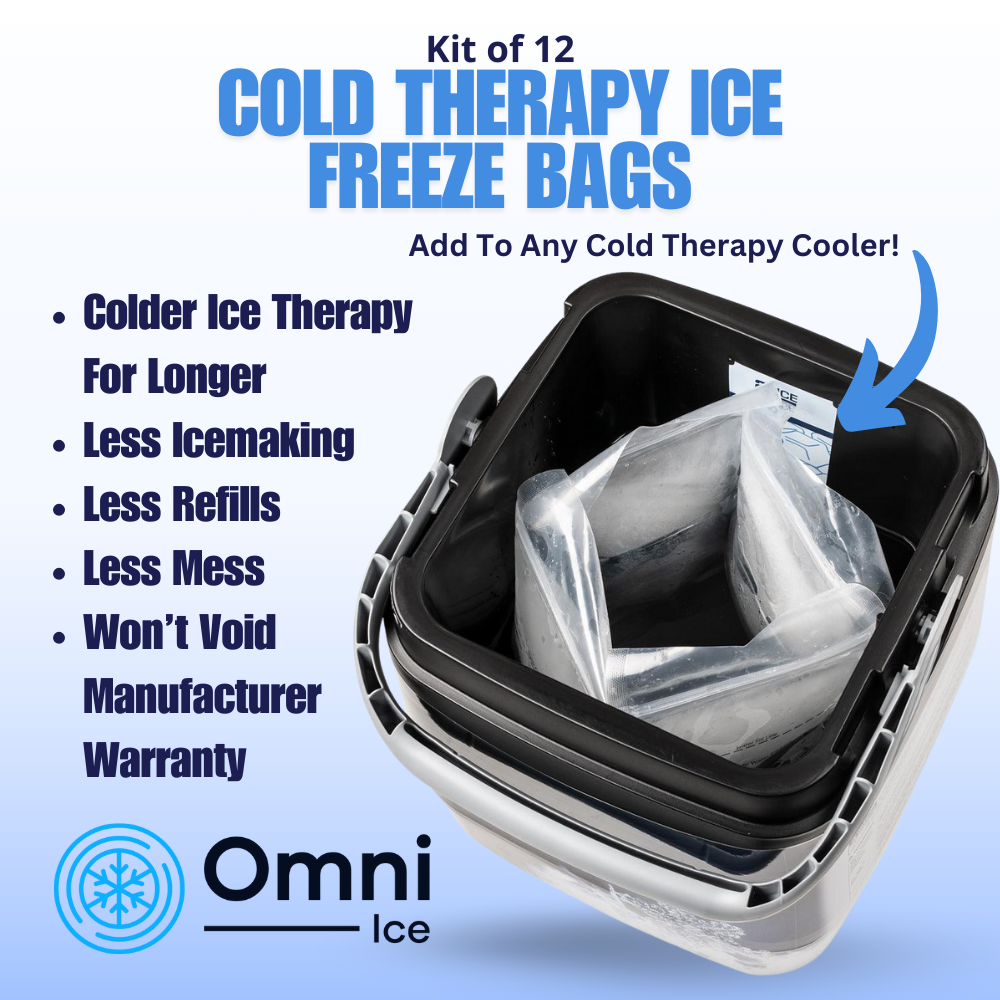Busting the Myths: Common Misconceptions About Cold Therapy
In the realm of physical therapy and pain relief, cold therapy stands tall as a time-tested remedy. From reducing inflammation to speeding up recovery, the advantages of cold therapy are numerous. However, like any well-regarded treatment, it is not exempt from myths and misconceptions. This article, brought to you by "My Cold Therapy" in Charlotte, NC, aims to debunk some of the common Cold Therapy Misconceptions and offer clarity on its efficacy and applications.

Myth 1: Cold Therapy Only Works for Sports Injuries
One prevalent myth is that cold therapy is solely for athletes or those engaged in rigorous physical activities. In reality:
- Diverse Applications: Cold therapy benefits are not limited to sports-related injuries. It can be effective for post-operative recovery, chronic pain conditions, and everyday muscle soreness.
- General Pain Relief: Even if you've just had a long day on your feet or pulled a muscle during household chores, cold therapy can offer respite.
Myth 2: Cold Therapy Can Freeze Your Muscles
The fear that cold therapy can cause muscles to freeze is misplaced. Here's the truth:
- Controlled Cooling: High-quality products, such as those from "My Cold Therapy," are designed to offer consistent and controlled cold. The temperatures are therapeutic, not extreme.
- Safety Mechanisms: These products often come with built-in safety features, ensuring that the skin and underlying tissues are not subjected to freezing temperatures.
Myth 3: Cold Therapy and Ice Packs Are the Same
It's a common assumption that using an ice pack is equivalent to undergoing cold therapy. While both employ the principle of cooling:
- Consistent Temperature: Cold therapy devices maintain a consistent temperature, offering prolonged relief. In contrast, ice packs can melt and lose their efficacy.
- Targeted Treatment: Devices from "My Cold Therapy" can target specific areas with precision, ensuring maximum benefit.
Myth 4: Cold Therapy is Merely a Temporary Solution
Many assume that the relief provided by cold therapy is short-lived. However, the benefits go beyond just temporary respite:
- Reduced Inflammation: Cold therapy helps constrict blood vessels, leading to a reduction in swelling and inflammation. This not only provides immediate relief but can also speed up the healing process.
- Endorphin Release: Exposure to cold can lead to a release of endorphins, the body's natural painkillers. This can lead to prolonged periods of pain relief after the therapy session ends.
Myth 5: Cold Therapy is Uncomfortable and Painful
While the initial chill might be a bit surprising for some, cold therapy should not cause discomfort:
- Gradual Cooling: Cold therapy devices slowly bring down the temperature to a therapeutic level, allowing the body to adjust.
- Customizable Intensity: Many devices, especially those from "My Cold Therapy", allow users to control the intensity, ensuring a comfortable experience.
Myth 6: Cold Therapy is Not Safe for Children
Safety concerns arise when considering cold therapy for younger individuals. It's essential to note:
- Consultation is Key: Before introducing any form of therapy for children, it's crucial to consult with a healthcare professional.
- Proper Supervision: When done under supervision and for the recommended duration, cold therapy can be safe and effective for children, especially for sports-related injuries or post-surgical recovery.
Addressing Concerns: Trust the Experts
Misinformation can lead to hesitance, preventing individuals from benefiting from effective treatments. "My Cold Therapy", with its commitment to providing high-quality rehabilitation equipment, places a strong emphasis on educating the public. It's crucial to distinguish between myths and realities.
Cold therapy, when applied correctly, is a potent tool in the arsenal against pain and discomfort. With the right information and quality products, users can harness the full potential of this age-old remedy, ensuring a quicker return to their daily routines and activities.
Remember, when in doubt about any treatment or therapy, always consult a healthcare professional to ensure the best outcomes for individual needs and circumstances.









